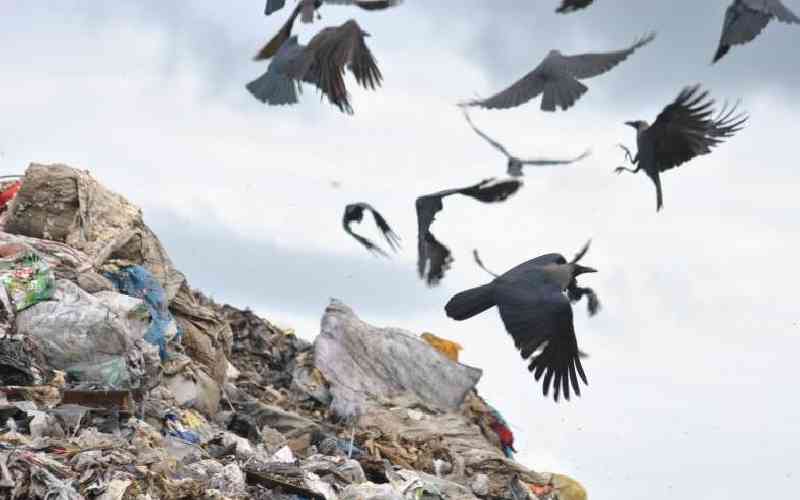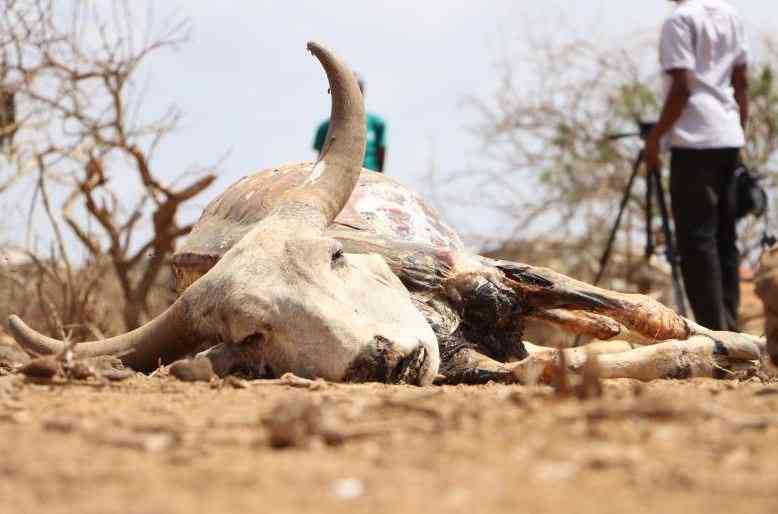×
The Standard e-Paper
Kenya's Bold Newspaper

It's an early August morning in Watamu. The sun has yet to peep above the horizon and let its golden rays kiss the local beaches, reflecting blissfully off the ocean.
Eric Kinoti leads a small team in search of dead house crows on the grounds of the police station.







